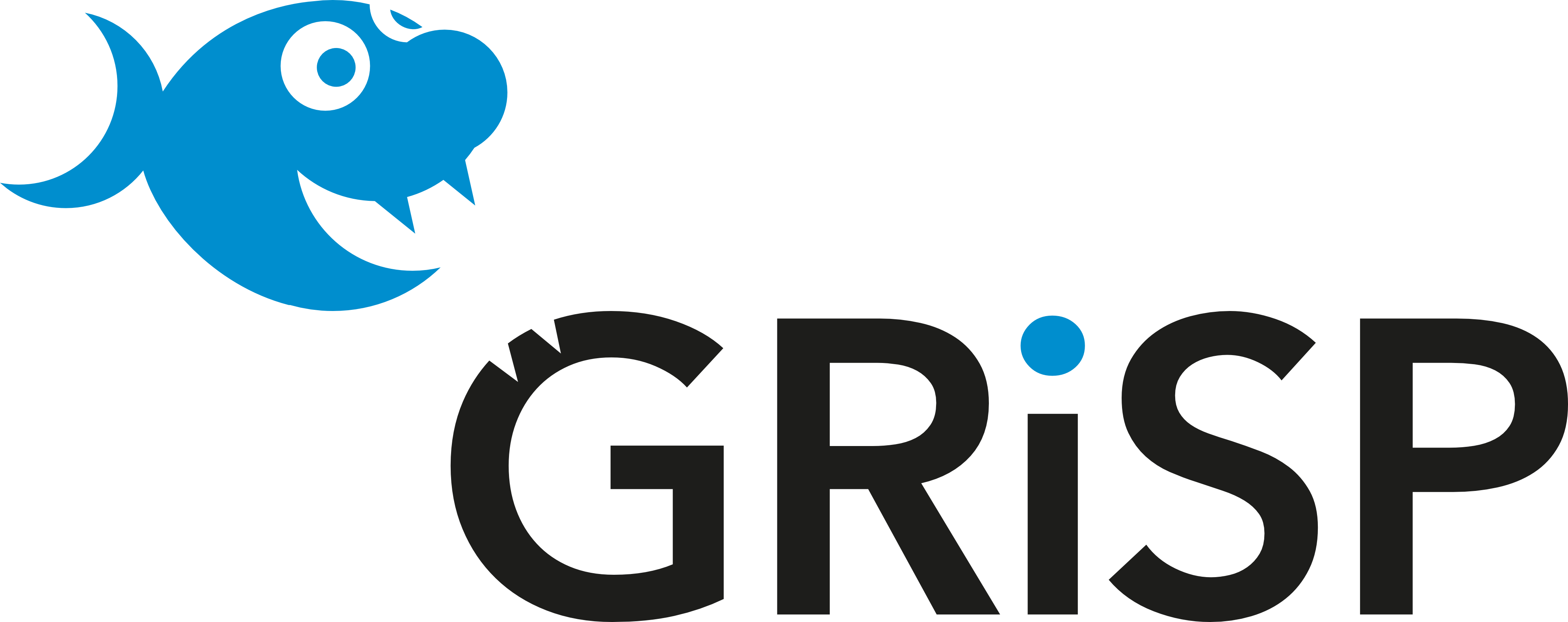Adaptive Compute Mapping for Interplanetary Spacecraft
I recently had the opportunity to present at the Flight Software Workshop (FSWS) 2025 on the topic of "Adaptive Compute Mapping for Interplanetary Spacecraft." This talk addressed one of the significant challenges in deep-space exploration: managing computation, latency, energy, and data persistence under extremely constrained conditions.
📅 See workshop info here: Flight Software Workshop (FSWS) 2025
Interplanetary missions impose unique constraints that Earth-based computing paradigms rarely face. Limited power budgets mean every computational and communication decision has significant trade-offs. High latency—often minutes or even hours—between nodes fundamentally changes how we think about data flow and task dependencies. Additionally, spacecraft storage is typically ephemeral, demanding robust solutions for state management.
My talk introduced an adaptive, automated mapping framework designed to intelligently allocate computational tasks to spacecraft nodes. By modeling tasks and spacecraft nodes as interconnected graphs, this approach treats the mapping process as a "graph homomorphism" problem. Essentially, it aims to optimally overlay a graph representing dataflow tasks onto another graph representing computational resources.
We explored various algorithmic strategies, from precise approaches like SMT solvers (Satisfiability Modulo Theories) and Integer Linear Programming to heuristic and metaheuristic methods, including Genetic Algorithms and Simulated Annealing. SMT solvers, while powerful for certain verification and optimization tasks, often don't scale well with highly interconnected graphs typical in spacecraft scenarios.
To address scalability, we're actively developing a genetic algorithm-based solution, leveraging evolution-inspired methods (selection, crossover, mutation) and using a custom-defined fitness or "goodness" function that optimizes latency, energy consumption, memory usage, and reliability. This approach also lends itself naturally to parallel and distributed implementations—ideal for spacecraft with multi-core CPUs and intermittent communication windows.
Another crucial idea presented is "Time-Expanded Graph Mapping", where we explicitly incorporate the scheduling dimension by replicating the network and computational resources over discrete time intervals. This transforms dynamic scheduling into a larger static optimization problem, providing precise control over complexity versus accuracy.
Looking forward, one exciting aspect of our research is the development of an open Compute-to-Network Benchmark. This benchmark aims to provide realistic and synthetic task-to-node mapping scenarios, enabling rigorous evaluation and comparison of various optimization algorithms.
We're particularly interested in collaboration with partners who can contribute:
- Real-world dataflow topologies
- Complex spacecraft network topologies
- Scenarios that reflect authentic mission constraints
If you're working in flight software, spacecraft systems, or related fields and are interested in collaboration; or if you have real-world scenarios to share, we'd love to connect.
🔗 You can find more about our ongoing work at GRiSP.io or contact me directly.
— Peer Stritzinger
